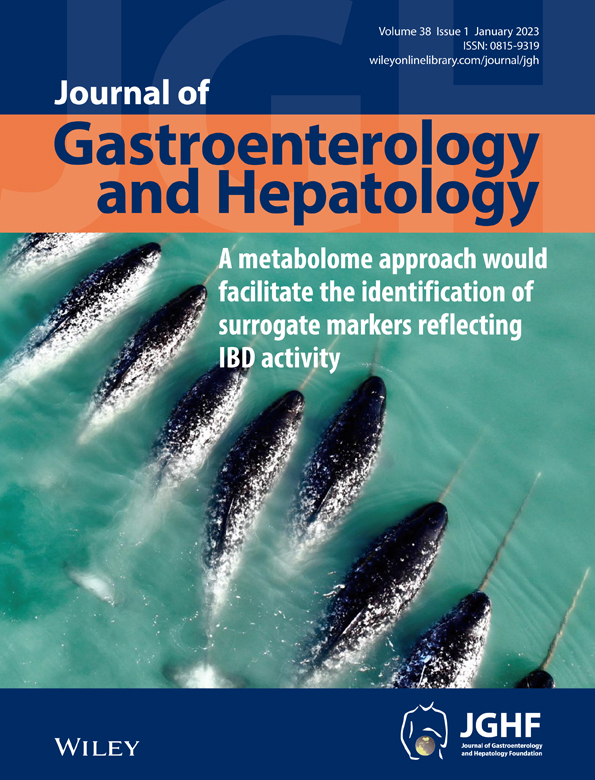Altered gut microbiota in patients with small intestinal bacterial overgrowth
Declaration of conflict of interest: Akira Andoh is an Editorial Board member of the Journal of Gastroenterology and Hepatology and a co-author of this article. To minimize bias, he was excluded from all editorial decision-making related to the acceptance of this article for publication.
Author contributions: Conceptualization: SB and AA. Methodology: SB, TI, MS, MO, SY, and KT. Formal analysis: SB. Investigations: SB, MO, AN, KT, and OI. Writing: AA. Supervision: TI, MS, and AA. Approval of the final manuscript: all authors.
Abstract
Background and Aim
Small intestinal bacterial overgrowth (SIBO) is diagnosed by using quantitative culture of duodenal aspirates and/or a hydrogen breath test. However, few studies have analyzed bacterial microbiota in Japanese patients with SIBO.
Methods
Twenty-four patients with any abdominal symptoms and suspected SIBO were enrolled. Quantitative culture of duodenal aspirates and a glucose hydrogen breath test were performed on the same day. SIBO was diagnosed based on a bacterial count ≥ 103 CFU/mL or a rise in the hydrogen breath level of ≥ 20 ppm. The composition of the duodenal microbiota was analyzed by 16S rRNA gene sequencing.
Results
Small intestinal bacterial overgrowth was diagnosed in 17 of the 24 patients (71%). The positive rates for the hydrogen breath test and quantitative culture of duodenal aspirates were 50% and 62%, respectively. Patients with SIBO showed significantly reduced α-diversity compared with non-SIBO patients, and analysis of β-diversity revealed significantly different distributions between SIBO and non-SIBO patients. In addition, the intestinal microbiome in SIBO patients was characterized by increased relative abundance of Streptococcus and decreased relative abundance of Bacteroides compared with non-SIBO patients.
Conclusions
Duodenal dysbiosis was identified in patients with SIBO and may play a role in the pathophysiology of SIBO.




